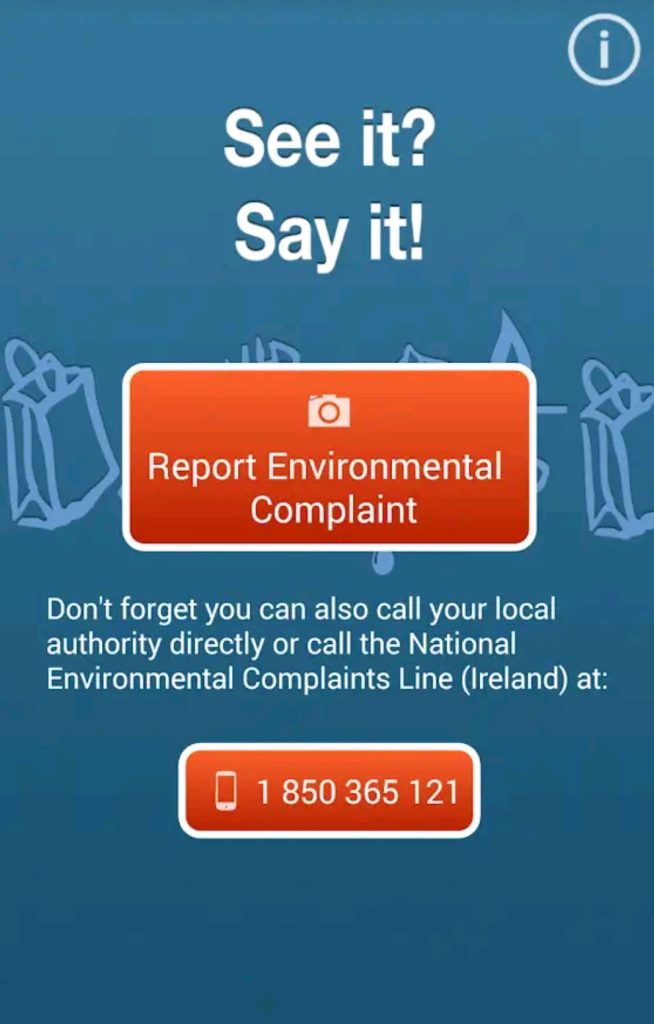Rocky Shore Safari
Our rocky shores are a challenging place for plants and animals to live. Twice daily the area between low tide and high tide is covered in seawater and then exposed to the air and sun for varying periods of time. The battle to adapt to life on the rocky shore has created one of our richest areas for nature, with hundreds of different types of plant and animal to be found on any given stretch of rocky shore.
The Explore Your Shore! Rocky Shore Safari records the distribution intertidal seaweeds and marine animals around the Irish coast. We want YOU to enjoy an hour searching the rocky shore for our Big 30 tick list of rocky shore species.
Rocky Shore Safari Intro
When Do I Survey?
When Do I Survey?
Start your survey 1-2 hours before low tide. The idea is to survey the lower shore around low tide and make your way off the shore as the tide turns.
For information on tide times check your tide tables or see:
What Do I Need?
- You will need a paper survey form or the online webform with internet access.
- A copy of the Rocky Shore Safari Big 30! tick list.
- A camera or smartphone to take pictures of the plants and animals you want to record.
Also:
- Bring a fully charged mobile phone in case you need to call for assistance.
- Some guidebooks or online guides to the seashore… see exploreyourshore.ie for suggestions.
- At least 1 hour to dedicate to the survey once on the shore.
Survey Method:
- Use a new survey form for each new shore surveyed and each new survey at that shore.
- Record your details and the site details
- Record your seaweed and animal species on the paper or online form.
- Please take and submit a photograph of each species recorded – only species records with photographs can be submitted on our survey website.
- Pace out a 10 meter wide strip – you can use large strides to do this. Mark out the section using anything to hand – e.g. sticks, seaweed, or bags.
- Survey all the way from the high-water mark to the water’s edge.
- Try to survey at least 10 minutes in each Zone – the upper, middle and lower shore

- Record as many seaweed and animal species as you can or want to, but try to find as many of the Rocky Shore Safari Big 30! as possible.
- This is a timed survey. There is no upper limit to how long you spend on the survey.
- Spend a minimum of 60 minutes surveying your 10 meter strip, you will need more time to survey the lower shore as there are more species to be found there!
- Record the start and finish time of your survey.
- Also record the amount of time you spent surveying each area of the shore.
To help locate the lower, middle and upper zone on the shore, look for the following key seaweed species:

- Don’t forget to look under seaweed, rocks and search in cracks, crevices and rockpools. Be sure to carefully replace seaweed and rocks as you found them!
UPLOAD YOUR SURVEY RESULTS USING OUR ONLINE FORM.
Safety:
- Bring a friend… surveying with friends or in groups can add to the enjoyment!
- Tell someone where you are going and when you expect to return
- Bring a fully charged mobile phone with you
- Please avoid surveying where weather warnings are in place for your survey area.
- Check the weather and tides before you leave for the shore
- Start your survey and hour or two before low tide. Aim to survey the lower zone around low tide.
- Ensure that you keep an eye on the tide and do not become trapped by the incoming tide.
- Dress appropriately for the weather
- Wear appropriate shoes for the ground you will be covering
- Do not attempt to survey dangerous shores or shores which are difficult to access.
- Keep away from areas of deep water.
- Keep away from the base of cliffs, where falling debris may be a hazard.
- If you get into trouble and require assistance, dial 999 or 112 and ask for the Coastguard.
Pollution, Fish Kills, Fly Tipping
If, while out on the coast, you notice a water pollution or fish kill incident or fly tipping issue, please use the See It? Say It App to report it to the Environmental Protection Agency. Get the iPhone or Android App by Downloading it from the iTunes APP store or Download it from the Google Play store.




